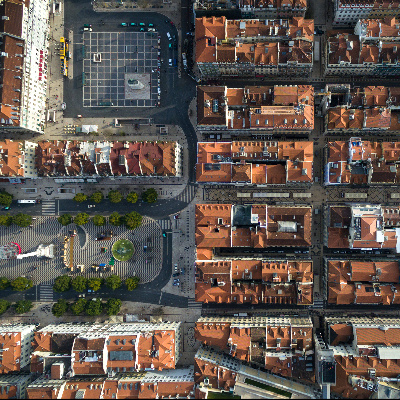Architecture
13 January 2019
It was a very funny house
There was no roof, there was nothing
Anybody could enter inside it
Because the house tere was no floor
Anybody could sleep hammock
Because the house there was no walls
Anybody could to piddle
because there was no chamber pot
But it was made of much carefulness
On Street of Fools, number zero

Vinicius de Moraes’ “very funny house”, to which some of the best-known verses of Brazilian children’s literature were dedicated, is more than the naïve expression of a puerile imagination. The story of that poem, published as a song in the year of the death of its composer, is very peculiar. Its singularity has a name: Casapueblo.
Vinicius de Moraes was not only a poet and composer (or a singer and journalist). This Carioca was also a diplomat until January 1968 (Vinicius learned of his removal in Lisbon, the same day he performed alongside Chico Buarque at the Teatro Villaret). While performing consular duties in Montevideo, Vinicius de Moraes lived closely with the sculptor and painter Carlos Páez Vilaró. The song is about a real estate adventure of this Uruguayan plastic artist.
Vilaró first arrived in Punta Ballena in 1958 and fell in love with that deserted location, 15 km from Punta del Este (nowadays one of the most popular beach resorts in South America). He found that there were 40 hectares for sale and – after creating La Ballena S.A. with his brother and friends – chose lot 22, with 4 873,5 m2. He started by rebuilding a small shack used to house old doors, windows and other materials for the construction work. Later, with the help of friends and fishermen, he built La Pionera, his first atelier made of wood.
Years later the Uruguayan began to cover the house with cement and to model it with his own hands as if it were a sculpture. Drawing inspiration from the lines of bread ovens, Mediterranean architecture and female shapes, the artist avoids straight lines and evokes the rock houses of Cappadocia or the pictures on Santorini postcards.
Over the years, Vilaró kept embedding objects he brought from his travels, and the word was that the house grew – with new domes, corridors and balconies – as more friends were announced to spend a new season there. What, in a sense, might have been more than a foretaste of its current status as a hotel and museum. Next February 24th will be five years since Carlos Páez Vilaró’s death. Where? At Casapueblo, “the house” of Vinicius. The house where he would have scribbled and sung those verses for the first time to the children of his Uruguayan friend.
Real estate is undoubtedly one of the most important legacies of a country. If you have any doubts, please go to Google Images and type “Uruguay”. Incredible, right? How many real estate ventures, with only half a century, have become the greatest symbol of an entire nation?
Do you still remember the address? It’s quite easy: “Street of Fools / Number Zero”…




